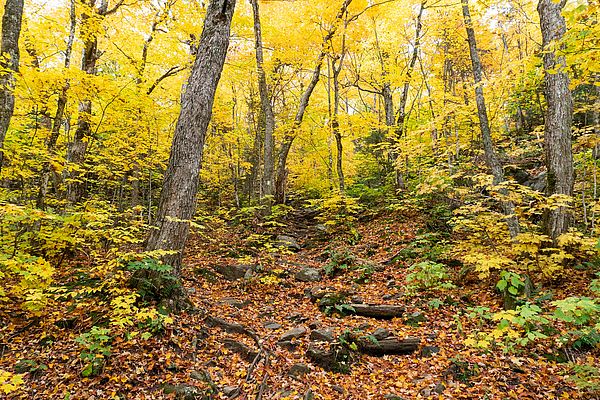In past newsletters, we’ve detailed our Carbon Aggregation Project launched in partnership with the Vermont Land Trust, Nature Conservancy of Vermont, and University of Vermont. This project, the first of its kind in the nation, helped 10 landowners in our region with 12 parcels, collectively spanning 8,625 acres, enroll in the voluntary carbon market through the American Carbon Registry (ACR) Standard. The project broke down barriers to the ability for landowners on the ‘Vermont scale’ to receive and sell carbon offset credits for improved forest management practices which seek to sequester and store more carbon than on those lands managed along the regional baseline, or norm.
Our friends at the International Land Conservation Network, a program of the Lincoln Institute of Land Policy, took notice and developed a Case Study which details the genesis of the project, Cold Hollow Carbon, and the work completed by the partners to launch this proof-of-concept project demonstrating that aggregated carbon arrangements can connect forestland owners to carbon offset markets in landscapes where smaller private holdings dominate.
Click through to read the full case study developed by Kativa Macleod as she details everything that went into bringing a crazy idea hatched over a round of beers to a shared reality on our collective landscape. We hope that this case study serves as one part of a tool kit which can help others across the Northern Forest replicate this model as a natural climate solution and critical tool in achieving our conservation objectives.
